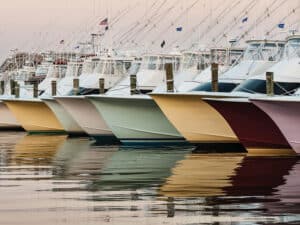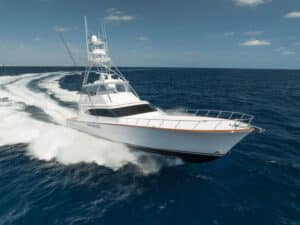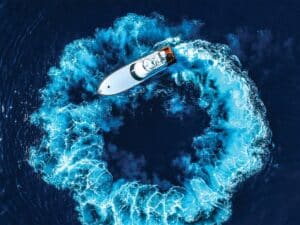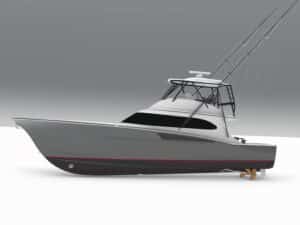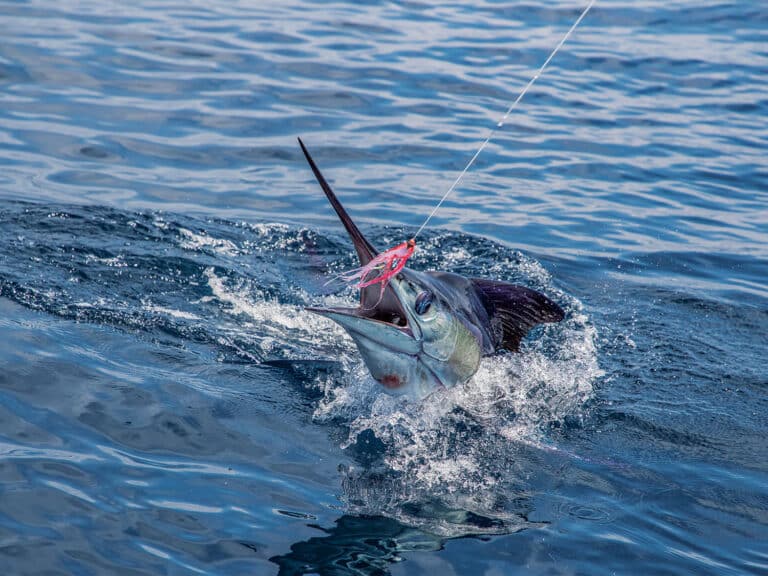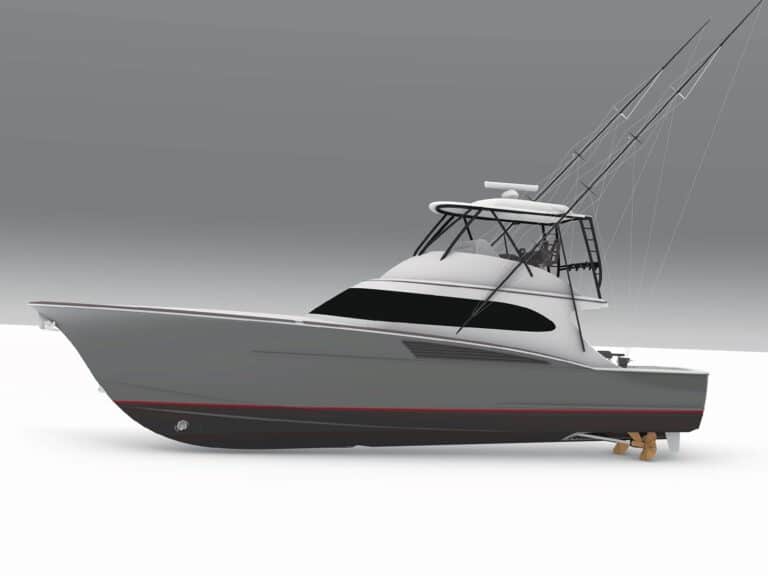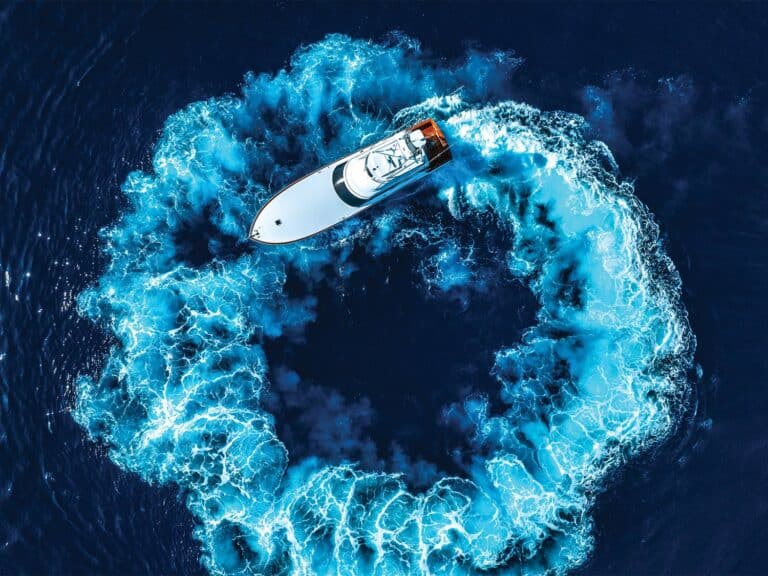Join Marlin as we take an insider’s look at one of the most innovative new products to hit the marine industry since the outboard motor: the Seakeeper gyrostabilizer.
Seakeeper’s sourcing manager, John Ambs, takes the Marlin editors on a guided tour of the plant’s manufacturing and construction facilities in Mohnton, Pennsylvania, and points out the key factors that go into each Seakeeper gyro.
The Seakeeper campus encompases more than a half-dozen buildings, and the Seakeeper manufacturing facility is very impressive for a variety of reasons. The buildings formerly housed textile manufacturing, and most are over 100 years old. Because of the extremely tight working tolerances of the Seakeeper gyrostabilizers, the company invested in new heating and air-conditioning systems in each building to ensure a constant temperature. It’s just one example of a high-tech company adjusting to their surroundings in order to produce revolutionary products.
A tremendous amount of casting and milling takes place in the factory since Seakeeper uses aluminum in a majority of the gyro’s components,. The highly-trained staff of craftsmen and women at Seakeeper have had many years, or even decades, of tenure in their respective fields.
Seakeeper currently has approximately 3,500 gyrostabilizers in the field and the company expects to ship an additional 1,200 units in 2017. And while new boats are the majority of their business, about 25 to 30 percent of their work is on refits to existing vessels. The facility also has a large storage area for spare parts so that techs in the field can service any unit.
Spend a little time with Seakeeper founder Shep McKenney
